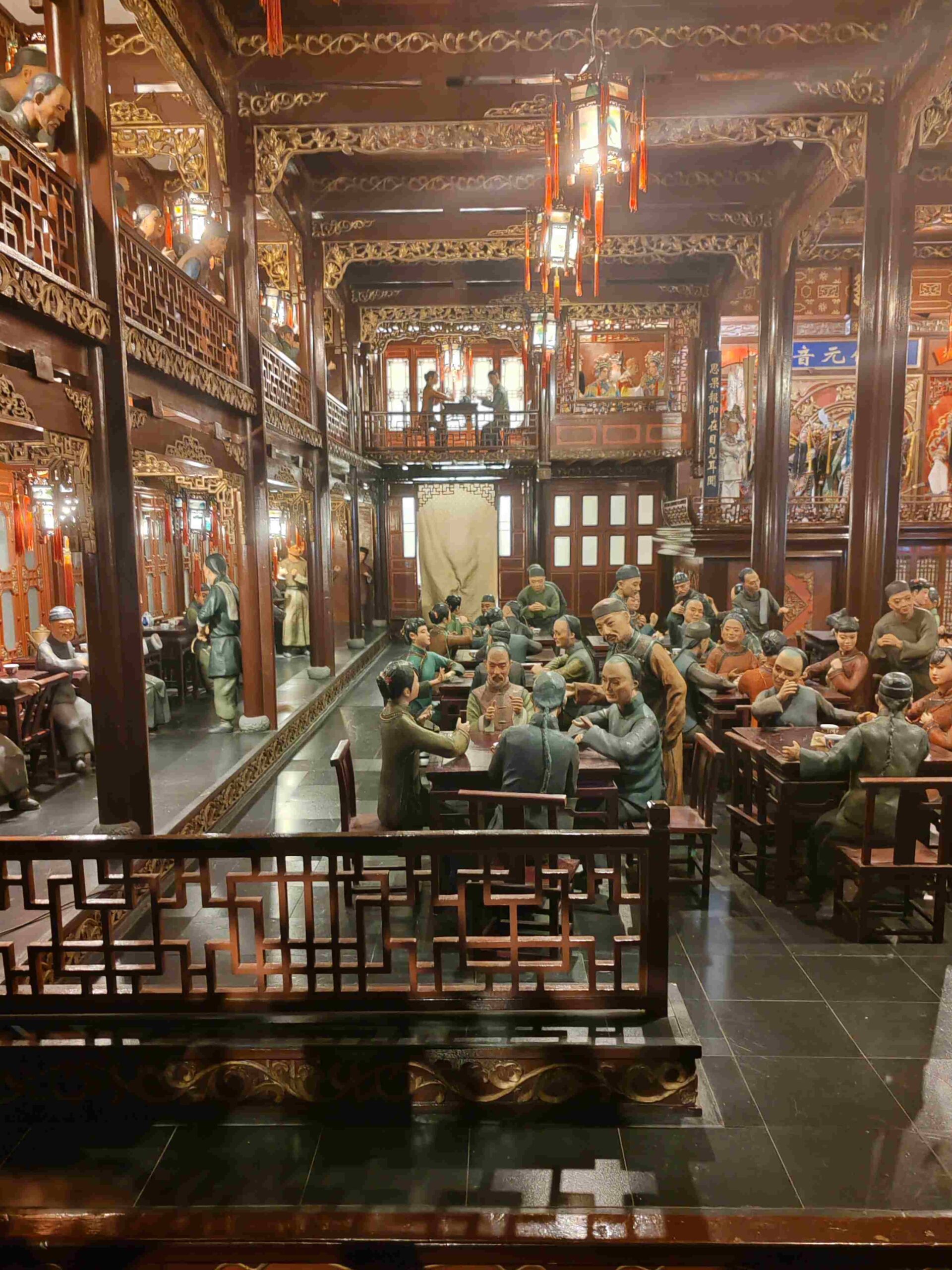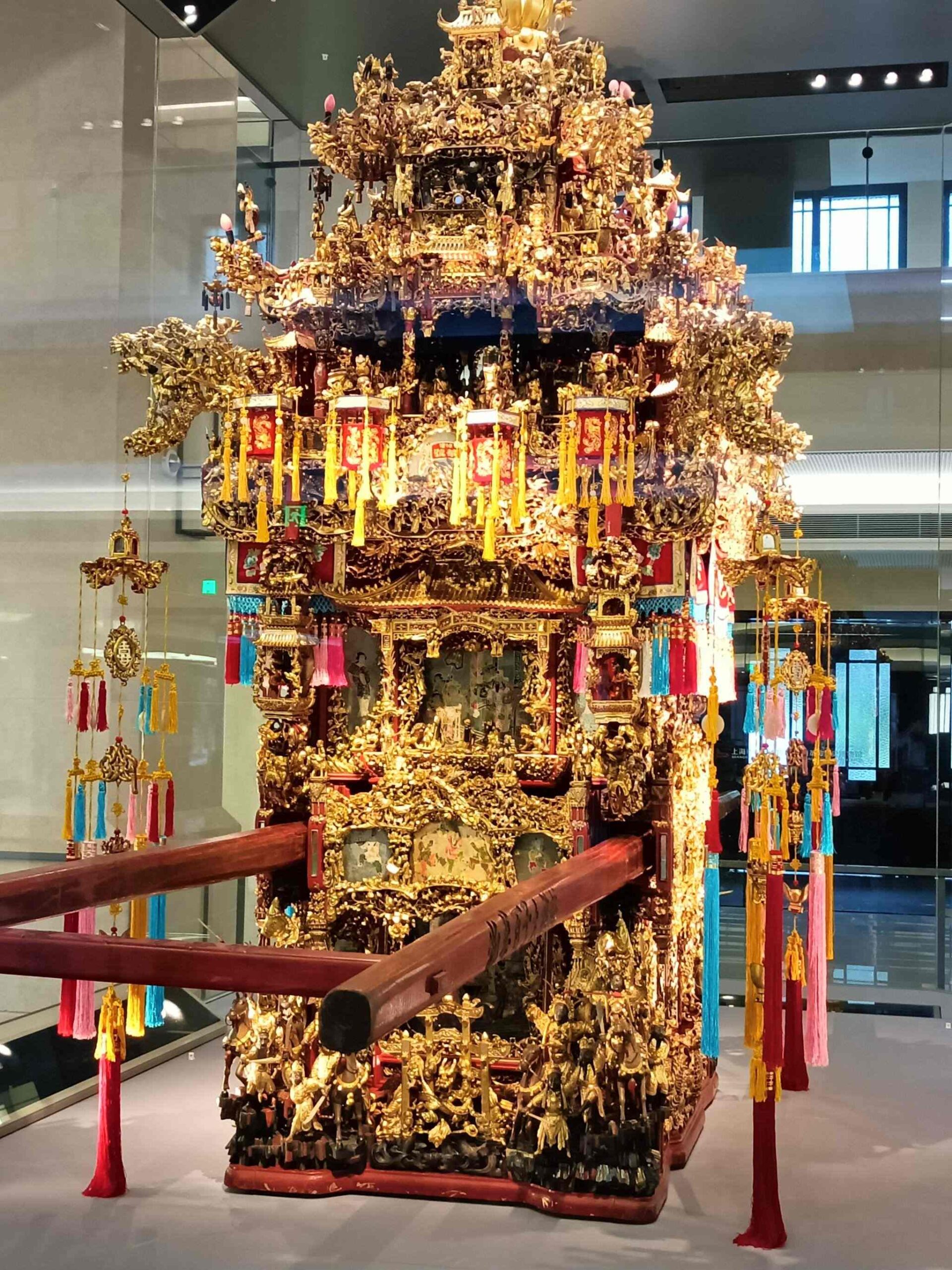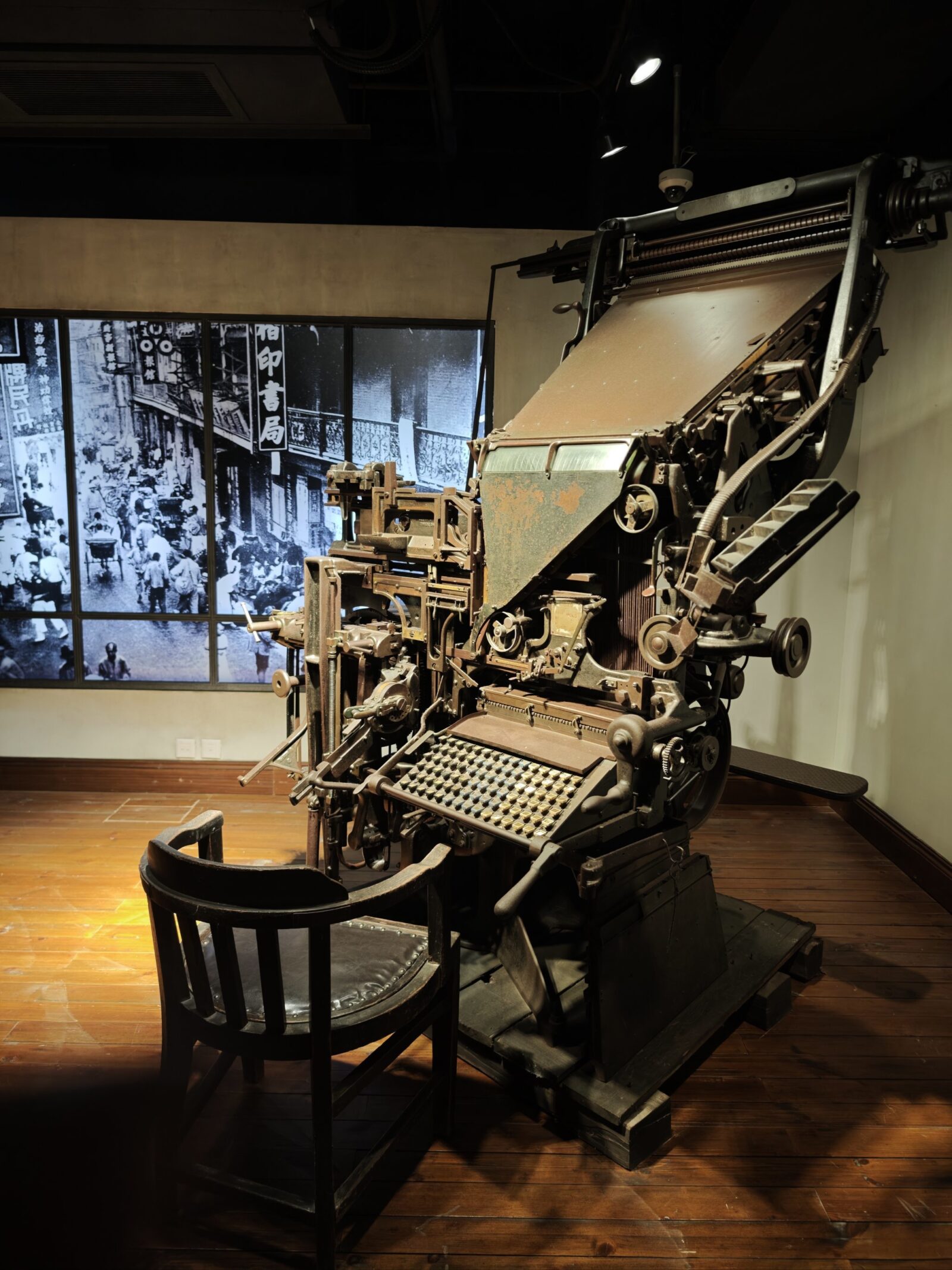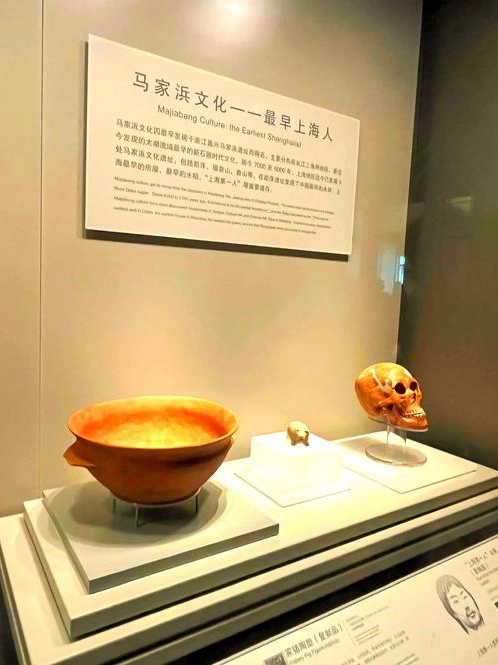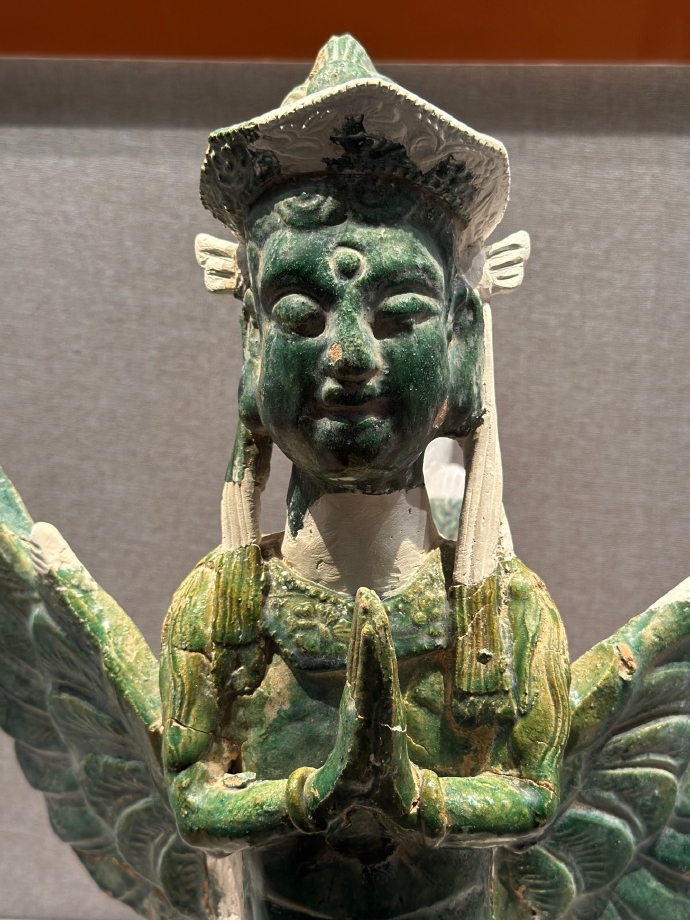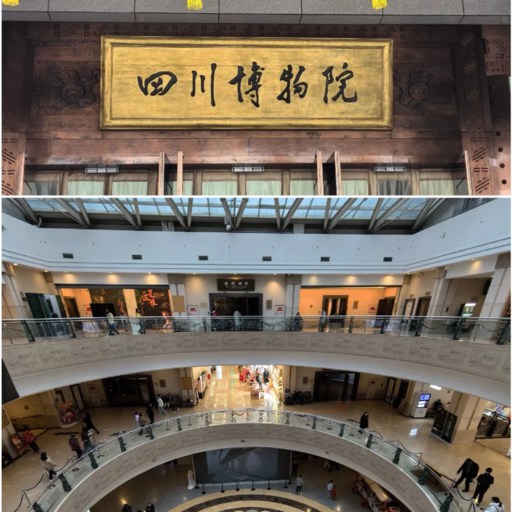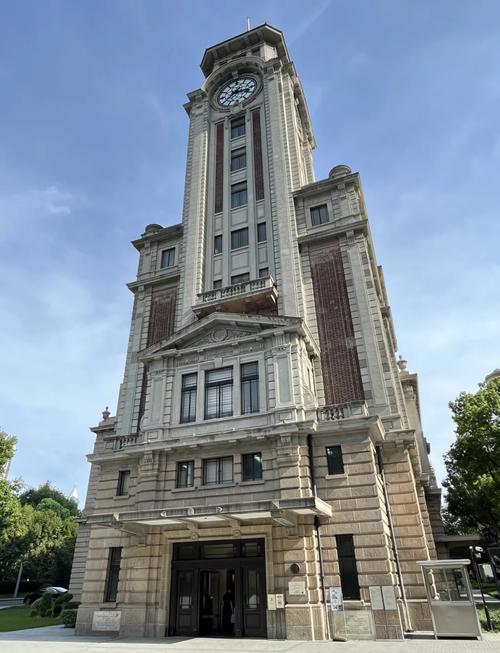
Shanghai History Museum
The Shanghai History Museum, located beneath the Oriental Pearl Radio & TV Tower, traces the city’s past from its earliest cultures to modern times. Established in 1983 and opened to the public in 1984, it presents more than 1,300 relics and exhibitions that cover 6,000 years, from Ma Jia Bing and Liangzhu cultures to the city’s transformation during the 19th century. The displays highlight the First Opium War, the treaty port era, and the city’s liberation and growth in the 20th century, showing how Shanghai developed from a fishing village into a global hub.
Why the Shanghai History Museum Stands Out in 2025
More Than Dates and Relics—Stories Hidden in the Walls
Situated underground beneath the Oriental Pearl Radio & TV Tower, Shanghai History Museum shows 6,000 years of civilization with over 1,300 relics. Key displays cover the First Opium War, treaty ports, and city rebirth, while installations with phonograph music, wax figures, and a model tram immerse visitors in Shanghai’s history.
A Rare Look at Old Shanghai Daily Life
Each city has a past, and this museum tells the story of Shanghai’s daily rhythm. Visitors see buildings from the past recreated in brick and wood, along with small objects like an old typewriter, dust‑covered microphones, and toothpicks worn down from years of curried beef. One TripAdvisor visitor wrote that the reconstructed alley, with shelves piled high and the smell of wood floors, was unforgettable. These touches bring life to a city in its prime rather than some bygone era behind glass, and this blend of sweeping history and slices of life makes it stand out in 2025.
Curious about more museums beyond Shanghai? Read Guangzhou Museum of Art 2025: Discover Lingnan Heritage, Global Exhibitions, and Visitor Tips
Highlights of the Shanghai History Museum
From Bronze Age Artifacts to Treaty Port Memories
This section contrasts sharply with relics of the past: maps drawn more than a century ago sit beside architecture adapted into a world capital. Bronze tools, jade ornaments, porcelain, and treaties of foreign concessions lie side by side, reminding visitors how daily life and diplomacy intertwined. Cabinets display artifacts that look fragile yet speak of resilience, linking dynastic eras with the rise of a treaty port.
Visitors linger at the Opium War exhibits where cannons and weapons still bear battle scars. Panels describe how the city was shaken by sudden breaks and emergencies, forcing transformation. The story shows how Shanghai rose into a new identity, with cultures overlapping like palimpsests. Here the museum comes alive, letting visitors sense both suffering and strength, and offering a deeper view of why the city’s layered character still feels present today.
Wax Figures, Dioramas, and Sounds of Old Streets
Few museums in China devote so much to atmosphere. Wax figures sit in a recreated tea house with dim lamps, while dioramas show the bustle of Nanjing Road and tram models rattle faintly in the background. To some these scenes feel quaint, but for others they spark fresh emotion. Background sounds echo faint conversations, the clink of teacups, and the shuffle of feet, making the space feel busy yet strangely intimate.
A child tugging a parent’s sleeve to point at an old bicycle becomes part of the exhibit itself. Nearby, another visitor leans closer to read a faded poster, while someone else photographs the glint of a lamp. In these moments history feels stronger, almost as if you can step inside it, surrounded by sights, sounds, and even faint imagined smells that make the past feel alive.
Famous Collections You Shouldn’t Miss
But only a few of these 30,000 pieces seem to capture the public imagination: the bronze lions from the former HSBC building, the Taiping Heavenly Kingdom coins, and writings of Xu Guangqi stand out among them. Porcelain packages dance in contrast with carefully controlled light, while stamp collections and paper cuts offer small corners to sit quietly in the bustle. Even those visitors who do not think themselves as being "museum people" are reminded by this that they have spent longer than expected amongst art that is never hurried nor disdainful.
One highlight often referred to as the treasure of the museum is the Grand Bridal Sedan Chair with Hundred Children Motif (百子大礼轿). This ornate sedan, lavishly decorated and symbolizing prosperity, fertility, and celebration, is considered the centerpiece of the collection. Visitors frequently regard it as a must‑see object that embodies the craftsmanship and cultural richness of old Shanghai.
If museum exhibits spark your curiosity, step outside to explore China’s historical sites.
Planning Your Visit: Location, Tickets, and Hours
Navigating the Museum Like a Local
The museum is located beneath the Oriental Pearl Radio & TV Tower in Lujiazui, Pudong. Take Metro Line 2 to Lujiazui Station; leave by Exit 3, the one closest to the museum. It will take five minutes on foot. The layout is pure, but moving too fast may be a problem. It is suggested that you start from the bottom, where you can see early history displays such as those on the Jin and Qin periods of China. Then work your way up through modern parts of this ultra-modern museum. Labels are in both Chinese and English, and a few labels have somewhat strange wordings. English-language audio guides at about ¥20 each are available upon asking, which is not a bad deal if you like to have background as you wander.
How Much It Costs and Where to Buy Tickets
Shanghai History Museum’s regular exhibitions are free of charge and no reservation is required. Visitors can go directly without booking. The museum is open from 9:00 to 17:00, with last entry at 16:00. It is closed on Mondays, except on national public holidays.
Best Time to Go and How Long to Stay
Once nine o'clock arrives each day, the museum is very quiet and calm, so it's best to come here on a weekday. You'll need at least two hours. Lead-in here may ask you to spend twice that length of time easily. Passing in both tickets at once makes sense since after visiting Huangpu Park one usually goes in to reach the Oriental Pearl Tower above; this means not only savings of time and money but fewer lines of queue too.
What Other Travelers Often Overlook
Common Mistakes First-Time Visitors Make
Confusing the Shanghai History Museum with the Shanghai Museum at People's Square is one such mix-up. Another mistake people make is thinking that other parts of the city can't be reached from where you are in Central, or otherwise way too far away. Yet, which areas are within walking distance is really nothing more than a matter of minutes travel away. It's very easy to underestimate the time needed for a visit. One, being in a hurry, stays at Shanghai History Museum only an hour because that's all he has (which is not even true).
Some forget to bring cash. When you pay for a locker, the small cash remains useful most of the time. This is mentioned repeatedly in reviews on TripAdvisor: a few notes say that lockers might fill up quickly at busy times of weekends, so it's better to get there early. A small handbag and abundant time are essential for women photographers only.
Insider Tips for Families, Couples, and Solo Travelers
The museum café is rather small but offers reasonably priced beverages (approximately $20 for coffee). Families find their children tire quickly without breaks in these interactive dioramas. Couples go a bit before dusk and then up the Oriental Pearl Tower immediately afterwards. Solo travelers will tell you that behind doors quietly thin weekday mornings weekends are least crowded. Certain surrounding hotels (such as Pudong Shangri‑La) can take foreign guests and make it easy to link museum visits with rambles along the riverbank
The museum café is small but offers reasonably priced drinks (about ¥20 for coffee). Families notice children tire quickly without breaks, so diorama rooms are useful rest points. Couples often go before dusk and then head up the Oriental Pearl Tower afterwards. Solo travelers find weekday mornings less crowded and can linger quietly. Nearby hotels like the Pudong Shangri-La accept foreign guests, making it convenient to pair the museum visit with riverside walks.
Pairing the Museum with Nearby Attractions
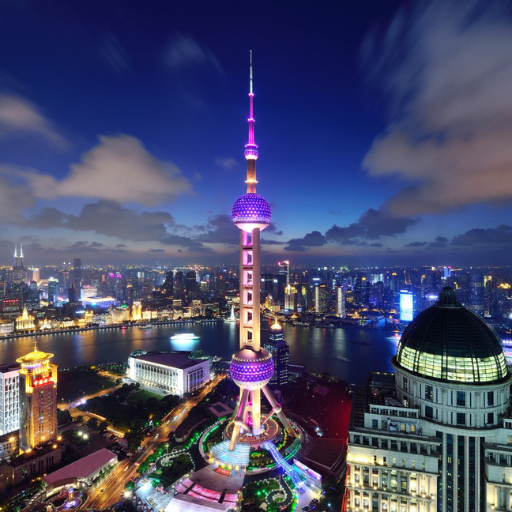
Oriental Pearl Tower
Oriental Pearl Tower and Riverside Strolls
In fact, the Oriental Pearl Tower is below the museum, so most people do both at once. It costs about ¥160 to get a combination ticket (dual entry) from Ctrip that also allows access to the top deck of the tower. Upon leaving the museum, heading down a Pudong side road gives marvelous views back toward the Bund. Having walked through the museum universe, tired visitors see towers of glass tied with stories from each period of Shanghai's history.
Nanjing Road, People’s Square, and Museum Hopping
A short metro ride lands you at Nanjing Road for shopping, or it’s just as easy to catch a bus at People’s Square where the Shanghai Museum and Urban Planning Exhibition Hall both face onto large public squares. Many tourists plan a “museum day,” walking or taking public transport between stops. It has been called a turning point for buildings like the Presbyterian church and Temple of the Heavenly King because newer visitors who did not see those buildings constructed soon heard them called old.
This method accumulates cost — roughly ¥100–120 gets you into several sites — but the payoff is substantial. You see relics with breathtaking city models that highlight the contrast between old and new, ending with a vivid view of how Shanghai balances past and present.
Besides museums, there are plenty of fun spots—check out what to do in Shanghai.
FAQs About the Shanghai History Museum
Q: Isn't It Worth Visiting Compared to Shanghai Museum?
A: Yes, if your interest tends towards modern city history and lived daily scenes. While the Shanghai Museum on People's Square focuses on ancient art and relics, the Shanghai History Museum principally praises the growth of the city itself. Many backpackers might visit the Shanghai Museum for calligraphy, bronzes, and ceramics, but this place is more suitable for someone seeking colonial concessions, streets in the style of the 19th century and the 20th‑century transformation. Many local residents even suggest doing one or another on alternate days to give a balanced picture.
Q: Is the Shanghai History Museum Free for Children or Students
A: Children under 1.3 meters are generally admitted for free; students with a valid student ID often pay an admission charge, generally around ¥15—20. The policy may change on national holidays; occasionally in summer months some special discounts are available. Some parents mention that if you are a foreign student, staff may require student identification and passport. Therefore it is better not only to show these cards but also to keep them. You might also look at Ctrip for ticket packages, which sometimes include student benefits. Families say that buying online can be confusing at the ticket window, especially during peak hours when crowds arrive by bus.
Q: Can the Shanghai History Museum Visit Go Alongside a Day Trip in Pudong
A: Yes, many people see the museum and then go to the Oriental Pearl Tower before getting on an afternoon Huangpu River cruise. Schedule matters; figure on 5—6 hours. Some people prefer to have lunch at the IFC Mall close by, while others suggest having a quick coffee first before queuing up at the Tower. Prepare to spend about ¥200—250 for a museum visit combined with the Tower and the River cruise, although online packages are slightly cheaper. It is also possible to include the Shanghai Ocean Aquarium on the route, though this makes for a long day, especially with children.
Q: How Long Does a Visit to the Shanghai History Museum Take?
A: For the average visitor, about two hours; plan an extra one if you want to read every panel yourself. Families with kids may move faster. English guides introduce that portion from either the incident period or the postwar years, which is enough for people to leave after being adequately informed. If painting or photographing exhibits is more to your liking, then without noticing the hours pass, one becomes deeply absorbed. You can easily spend half a day here.
Q: Can We Find English-Speaking Staff at the Shanghai History Museum?
A: Yes, signs are bilingual. In addition to an English‑language audio guide that gives the context, translations are so‑so. Some young staff speak simple English and older attendants help where possible. Visitors say translation apps like Google Lens work well for tricky phrases. Occasionally you come across humorous mistranslations, for example "old things show."
Q: Can I Take Pictures Inside the Shanghai History Museum?
A: Photos are allowed in most areas without flash. Tripods are not. Camera users get reminded if they're too close to exhibits. Smartphones are fine for personal use, but commercial photography requires special permission. A few of the dioramas look particularly appealing in photos, though reflections from glass covers can be distracting. If you are serious about photography bring a polarizing filter.
Q: Is the Shanghai History Museum Crowded?
A: It can be especially crowded on weekends after noon. Weekday mornings are more peaceful. On public holidays, school groups fill whole halls. Locals recommend avoiding the first week of May or October when the whole nation is traveling. Late afternoon during weekdays is best if crowded places bother you, but there’s a risk of being pushed out. Rainy days also send more people inside.
Q: Is the Shanghai History Museum Wheelchair Accessible?
A: Yes. Elevators and gallery cars are provided, but some of the older exhibit restorations feel cramped. Staff will usually offer help if you ask. Wheelchairs can be rented at the main entrance with limited supply. Wheelchair‑accessible restrooms are on every floor. However, while most parts are open, the restored old street areas may be narrower than you’re used to.
Q: Can I Stay Overnight Near the Shanghai History Museum?
A: Yes, you certainly can! Pudong Shangri‑La and Ritz‑Carlton Lujiazui both welcome foreigners and are within walking distance. For those on a tight budget, there are chain hotels near the Century Avenue metro station. The selection is limited, but they are foreigner‑friendly. Some Airbnb‑style rentals exist in Lujiazui too, yet due to regulations, hotels might offer greater security. Staying nearby allows you to get an early start at the museum, nap during lunchtime, and take a stroll on The Bund in the evening.
